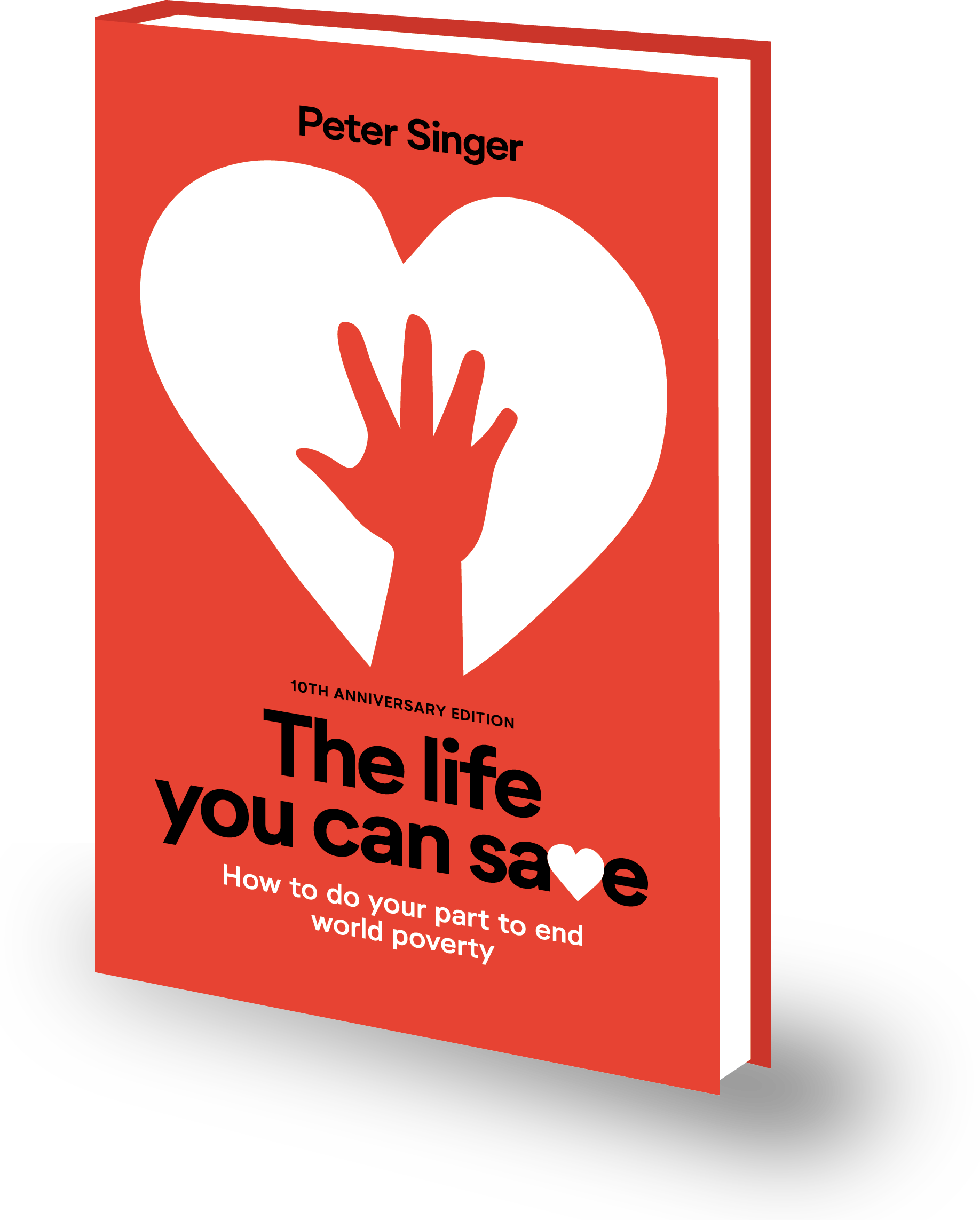This piece was first published in DevEx on February 5, 2018
Super Bowl viewers got to see a 1-minute advertisement showing employees of Anheuser-Busch InBev sending cans of emergency drinking water to areas hit by natural disasters. We saw an inspiring story showcasing the best of the corporate world helping people. Visiting AB InBev’s website, we can easily find a page highlighting donations from their foundation tallying $573 million over 20 years. Given how the firm promotes its corporate philanthropy, a naive onlooker might think this is a central part of their business.
However, a closer look at the financials reveals a different picture. Comparing the $43.6 billion dollars of 2015 corporate revenue to the $10 million dollars donated by the Anheuser-Busch Foundation in the same year, company philanthropy represents about 0.02 percent of revenue. That is, for every five cases of Budweiser you buy for $10 each, the company donates about a penny. It seems audacious that this level of philanthropic giving warrants being promoted in a 1-minute Super Bowl commercial, especially given that NBC reported that a 30-second slot cost more than $5 million.
Anheuser-Busch InBev is not an outlier. For every $100 of business sales, United States companies made charitable donations of about a dime. It is ironic that when you visit corporate headquarters, you’ll usually walk through lobbies showcasing awards and recognition from recipients of those dimes. The dimes do add up to over $18 billion.
Read the full article in DevEx here.



